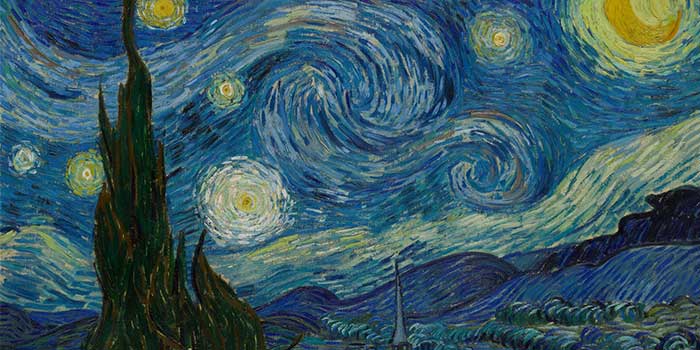[ad_1]
Painting restoration repair can be challenging, and definitely demands a good deal of time, determination and energy. Should you have a badly damaged artwork, then consider using the these restoration tips and strategies. If done properly, these strategies may also help bring back your painting to the finest condition.
Certainly, a painting repair expert’s worst nightmare can be the badly flaking and scorching oil painting. These types of extremely ruined paintings could be a challenge for the most advanced restoration professional. When tackling a flaking and blistering oil painting, consider implementing these particular restoration guidelines and tactics.
Fixing artworks with holes and rips is best done through a process of “recanvassing.” Essentially recanvassing includes buying a new canvas, and taking out the oil painting’s original canvas. Much like any painting repair step, take careful attention with detaching the canvas from an old painting. More damage is done with an annual basis by people trying to restore paintings, than fire and burglary combined.
Do onions make you cry? Well if they do then you should get used to crying! Onions work great when repairing paintings. The exact same chemicals which make your tear ducts well up also work to get rid of persistent grit, dirt and grime from oil paintings. The process of painting repair has included onions for decades or even centuries. The secret is to slice the onion in half and carefully rub the onion in a circular fashion across the painting. Be sure to keep light pressure on the onion. Don’t press down hard on the canvas, because the onion would likely make a hole or tear in the oil painting.
Other than onions, beeswax is yet another gift from nature that can also help to repair paintings. Restoring paintings by combining beeswax with damar is yet another age-old technique that has been used through the years. Mixing beeswax with damar is known as “Dutch Style” painting restoration. Covering a painting with beeswax and damar helps to prevent the oil from separating from the canvas. Again take extreme caution when applying the mixture. Use a light, circular rubbing method to avoid making more tears and holes. Usually a cotton ball is used to repair paintings in this manner.
Throughout the whole painting restoration process, always remember that different colors and shades will respond in a different way to the methods described in this post. More often than not (especially with regards to oil paintings) lighter colors will repair magnificently. The grime and dirt that’s embedded in lighter colors tends to be taken off easily, which is always a excellent news for the painting restoration specialist. However darker colors can be much more stubborn. Take great patience when restoring paintings with lots of dark colors. It may take a little more time and effort so you can get those dark colors glowing like new.
In summary, keep in mind that a majority of amateur painting restorations lead to more harm than good. It’s super easy to damage a painting, especially an old oil painting, using the mentioned techniques. Even so a full and remarkable painting restoration can happen from the hand of a skilled and patient professional. If you have a painting that is in desperate need of restoring, then feel free to apply these methods. Just make sure to keep a light hand and keen eye on the techniques you make use of for oil painting restoration repair.
[ad_2]
Source

